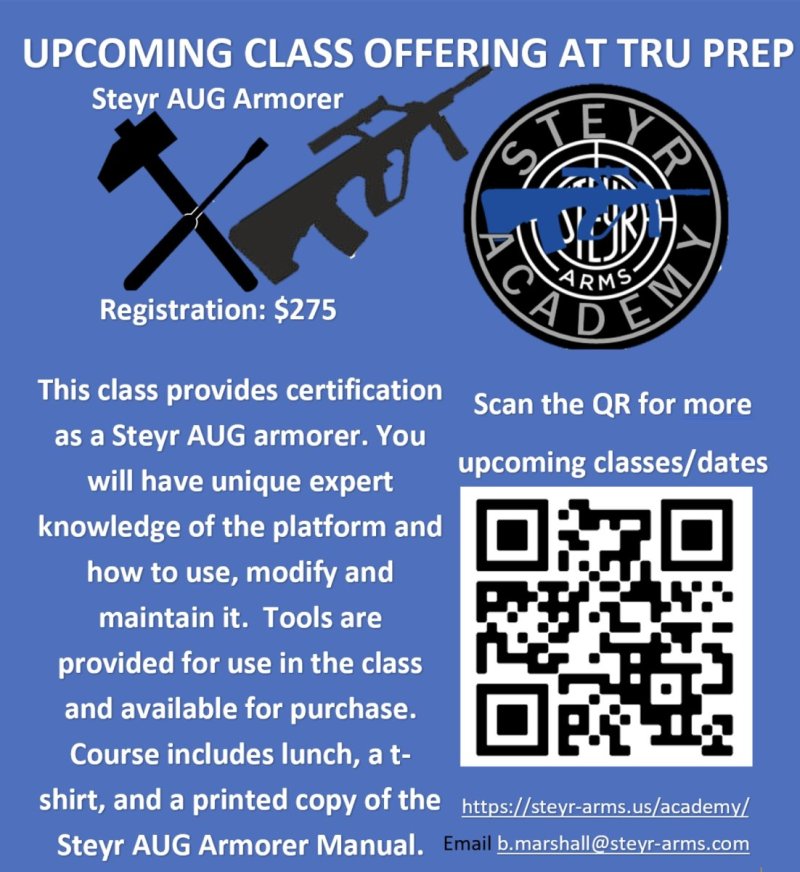I cut and pasted this brief article from The Firearm Blog.
"According to Tim Herron of Team Sig Sauer there is a lot of misinformation from Armchair Experts. He breaks down five things he advises to be a better shooter.
That's their article, here's my thoughts, point-by-point:
1. Dry fire is one of the best training tools. When I shot competitively in the Corps, we dry-fired much more than we fired live rounds.
2. I tell this to my students all the time. As an Instructor, I talk about why a particular skill set is important, then describe the drill we'll use to work on it, then I'll demo it live so all can see, then have the students shoot it several times, then do an immediate AAR on the drill. When I have them shoot it several times, that's so we can correct gross mistakes and give advice and pointers. Once all students seem to have grasped the core concept and are headed in the right direction, we go to the next drill. We haven't made you an expert in that skill set; we have given you a way to practice and perfect a skill set that is vital. It's up to you to put the necessary range time in.
3. I agree with the author. I'm not a "gear queer" by any stretch of the imagination, but you will perform better with some gear than others, and it's important to have the right gear for the task at hand.
4. A thousand times YES. Too many folks go to the range and "plink" instead of "practice". Decide what skill sets you want to work on, then pick drills to work on those skills. I do this BEFORE I ever get in my truck to head to the range. In addition to focusing on one or more skill sets, I always work on shooting and moving and finish up with support-hand only drills. I'm teaching a Competency-based Handgun & Lowlight Tactics course on August 27. Other than the lowlight portion, all drills are timed and scored with a pass/fail standard. At the end of the day, all students will receive a copy of the drills to take with them, fully explained. This gives shooters a good set of drills to practice on their own, with purpose.
5. Agree 100%
"According to Tim Herron of Team Sig Sauer there is a lot of misinformation from Armchair Experts. He breaks down five things he advises to be a better shooter.
- Dryfire. It’s real. And it works. It also costs NOTHING but an investment of your time and the benefits are endless.
- Training Classes do not make a better shooter. Practicing what you learn from those classes is what makes you a better shooter. Training classes merely gives you new ideas to practice on.
- Gear is never the answer. You can improve with what you have.
- Focus your practice on purposeful things. Things that really apply. Literal tons of repetitions both in dryfire and live fire and immense amount of PURPOSEFUL rounds down range.
- Finally, stop with the delusions of self grandeur. Want to start truly improving? Quit BS’ing each other on the Internet and get your rear end to work. You don’t learn this stuff by osmosis. And you certainly don’t get better at any of this by repeating the baseless BS you read or heard some supposed “hardcore operator or competitor” say out of context to someone else 3rd person.
That's their article, here's my thoughts, point-by-point:
1. Dry fire is one of the best training tools. When I shot competitively in the Corps, we dry-fired much more than we fired live rounds.
2. I tell this to my students all the time. As an Instructor, I talk about why a particular skill set is important, then describe the drill we'll use to work on it, then I'll demo it live so all can see, then have the students shoot it several times, then do an immediate AAR on the drill. When I have them shoot it several times, that's so we can correct gross mistakes and give advice and pointers. Once all students seem to have grasped the core concept and are headed in the right direction, we go to the next drill. We haven't made you an expert in that skill set; we have given you a way to practice and perfect a skill set that is vital. It's up to you to put the necessary range time in.
3. I agree with the author. I'm not a "gear queer" by any stretch of the imagination, but you will perform better with some gear than others, and it's important to have the right gear for the task at hand.
4. A thousand times YES. Too many folks go to the range and "plink" instead of "practice". Decide what skill sets you want to work on, then pick drills to work on those skills. I do this BEFORE I ever get in my truck to head to the range. In addition to focusing on one or more skill sets, I always work on shooting and moving and finish up with support-hand only drills. I'm teaching a Competency-based Handgun & Lowlight Tactics course on August 27. Other than the lowlight portion, all drills are timed and scored with a pass/fail standard. At the end of the day, all students will receive a copy of the drills to take with them, fully explained. This gives shooters a good set of drills to practice on their own, with purpose.
5. Agree 100%






